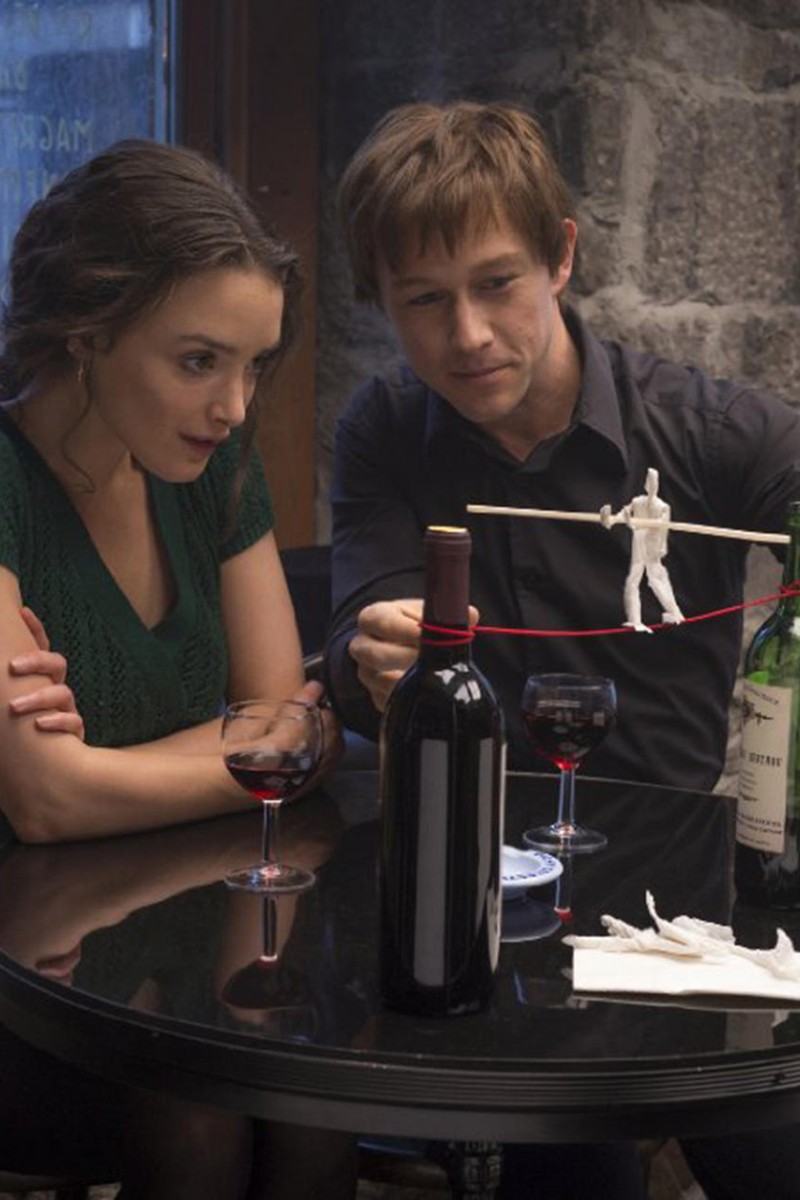
Robert Zemeckis' The Walk celebrates Philippe Petit and pays tribute to NYC [Review]

Do not watch Robert Zemeckis’ The Walk if you suffer from vertigo or acrophobia, no matter how big a fan of Joseph Gordon Levitt you are. You will not cope.
Based on an actual event, the film focuses on the early life of French high-wire walker Philippe Petit, and his fixation with balancing on an almost impossibly thin metal wire. In the dead of night, he strings up a wire and walks between two towers of Notre Dame Cathedral in Paris (then gets arrested). When he learns of two massive towers being built in New York City, which will dwarf even the Eiffel Tower, he becomes a man obsessed – every subsequent thought and action is dedicated to working out how to set up a wire between them. He soon gathers a merry band of collaborators in his “coup”, and starts making plans, in an almost “heist movie”-like manner.
Gordon Levitt plays Petit, a consummate showman, and much of the film is narrated as though by the artist. The actor puts on an OTT French accent which is grating at first (especially in a scene where he speaks with his circus mentor, played by Sir Ben Kingsley, who has an indefinable Eastern European accent), but you’re soon so wowed by the complexity of the plans, you manage to ignore it. (Not so much the blue contact lenses, but it’s a minor gripe.)
And all problems melt away once the walk (not a spoiler!) begins – it is visually stunning. Yes, you know it’s CGI, but it is used magnificently. Zemeckis is a master of incorporating the fantastical into reality (Back To The Future, Forrest Gump), and you can’t help but gasp at that skill here (unless you’re terrified of heights; I did warn you!).
While The Walk obviously acknowledges Petit’s incredible feat, ultimately, the film serves as a love letter to New York and the Twin Towers. The last moments subtly pay tribute, without stooping to triteness, to their grandeur and history.